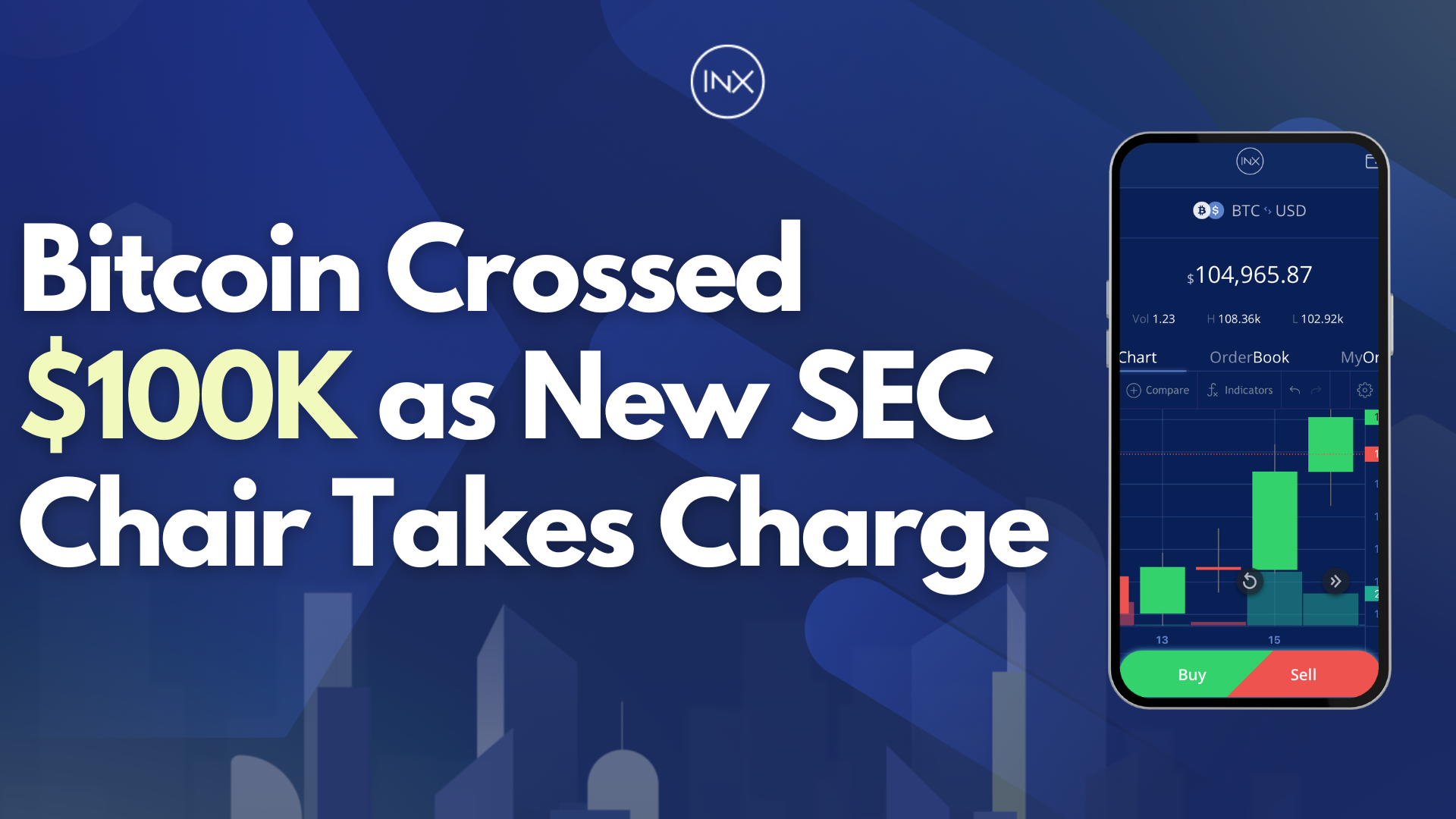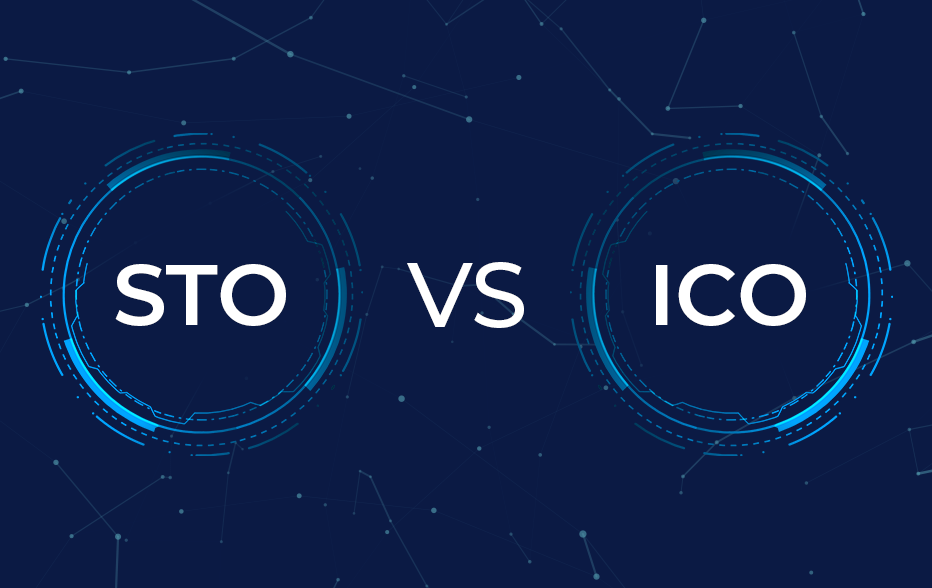Play, Earn, Own: Exploring the Rise of Crypto Gaming

The world of gaming is undergoing a massive shift. From pumping quarters into arcade machines or spending hours grinding for virtual items, gaming has progressed even further. Crypto gaming has ushered in a new era where players are no longer passive but active.
Players can truly own their in-game assets and even earn real-world rewards. This innovative convergence of blockchain technology and gaming opens up numerous possibilities.
This article dives into the fascinating world of crypto gaming while exploring its key aspects, potential benefits, and drawbacks. It also talks about the future landscape of this rapidly evolving space.
What is Crypto Gaming: Play to Earn
The traditional gaming model often restricts players to the role of consumers, where they spend money on in-game items which have no real-world value. Crypto gaming changes this by introducing play-to-earn (P2E) mechanics.
Players can earn crypto or in-game tokens by exploring virtual worlds, completing tasks, and playing game battles. The players can use these game tokens within the game, or trade them on crypto exchanges. It’s also possible to convert these game tokens to fiat currency.
With crypto gaming, players can truly monetize their gameplay. This P2E model empowers players and develops a sustainable gaming environment where gamers can be directly rewarded for their contributions.
Crypto gaming started in 2014 with Huntercoin, a simple blockchain-based game where players collected virtual coins. Later in 2017, CryptoKitties, a game featuring adorable, breedable NFT cats, captured the world’s attention.
This game showed the potential of NFTs in gaming. 2021 then marked a milestone with the rise of Axie Infinity, a play-to-earn game that brought millions of players into crypto gaming. This industry continues to develop despite the challenges.
A recent report by Research and Markets on the global crypto gaming market shows that its market size is expected to reach $104.5 billion by 2028, rising at a market growth of 68.2% CAGR during the forecast period.

Blockchain Gaming Market size | Source: Research and Markets
Crypto Gaming: NFTs and Digital Ownership
Crypto gaming largely depends on the utilization of non-fungible tokens (NFTs). These are unique digital tokens that are secured on the blockchain. They represent ownership of in-game assets such as weapons, avatars, characters, virtual land, and more.
Unlike the traditional in-game items, the players actually own the NFTs. This allows them to trade, sell, or rent them within the game’s marketplace or even on external platforms. This gives players greater control and flexibility, with a true sense of ownership over the digital gaming assets.
The crypto gaming industry is diverse, with various interests and preferences. The games range from simple and casual experiences like collecting and raising virtual pets to complex strategy games with detailed economies and competitive PVP (player vs. player) elements.
Here are some popular crypto games:
- Axie Infinity: This is a monster collecting and battling game where players breed and raise Axie’s (NFTs) and use them in battles to earn Smooth Love Potions (SLP) tokens.
- Decentraland: A virtual world built on the Ethereum blockchain, where players can own virtual land parcels, build structures, and participate in the in-game world.
- The Sandbox: The Sandbox is a voxel-based metaverse game where players can create, monetize, and own voxel assets and experiences within their virtual land plots.
The crypto gaming industry’s diversity helps to ensure everyone can participate, whether casual or hardcore gamers.
The Pros and Cons
While the P2E model and NFT ownership offer exciting possibilities, there are associated benefits and drawbacks.
Benefits:
- Monetization: Players can earn real-world rewards by playing various types of games.
- Ownership: The players truly own their in-game assets and can trade them freely.
- Community building: Crypto games can help to build strong communities due to shared interests and economic incentives.
- Innovation: Blockchain technology also gives room for novel game mechanics and immersive experiences.
Drawbacks:
- Volatility: Cryptocurrencies and NFTs can be volatile, leading to potential financial risks for players.
- Technical barriers: Understanding and interacting with blockchain technology can be difficult for new users.
- Scams and rug pulls: The crypto gaming world can attract scammers looking to take advantage of unsuspecting users with rug pulls and scam projects.
- Sustainability: The long-term sustainability of P2E models and game economies has not been fully established.
How to Get Started with Crypto Gaming
Here are some key steps to take when looking to get into crypto gaming.:
1. Research and Choose a Game:
There are various crypto games with different currencies, gameplay, and features. Look for one that interests you and aligns with your gaming preferences.
2. Set Up a Digital Asset Wallet:
Open a wallet that supports the digital asset you prefer (such as Ethereum or Binance Smart Chain). However, ensure it’s secure and user-friendly.
3. Purchase Cryptocurrencies:
Purchase cryptocurrencies (like ETH or BNB) through reputable exchanges such as INX, then transfer your preferred digital assets from the exchange to your wallet.
4. Join a Crypto Gaming Platform:
The next step is to sign up on a crypto gaming platform that hosts the game you’ve chosen. Also, ensure you familiarize yourself with the game mechanics and rules.
- Start Playing and Earning:
After signing up, you can then dive into the game, complete tasks, and participate in in-game activities. You can earn cryptocurrencies or NFTs while playing crypto games.

Why Gaming Companies Should Consider Security Token Offerings for Their Capital Raise
Traditional fundraising methods for gaming companies usually involve venture capitalists, angel investors, or bank loans. However, security token offerings (STOs) can serve as a viable alternative. Here are the reasons.
- Democratized access to capital: Through STOs, companies can raise capital from a broader pool of investors, including individual gamers and crypto enthusiasts.
- Shared Revenue: STOs provide a strategic way for gaming companies to share in-game revenue with token holders and even offer equity in their underlying company.
- Regulatory Framework: Gaming companies can take advantage of the regulatory framework that underguards STOs to issue in-game tokens with the highest security standards to safeguard investor funds.
- Increased liquidity: Security tokens, unlike traditional investments, can be fractionalized and traded on secondary markets. This offers investors options for liquidity and potentially increases the overall investment appeal.
- Potential for community building: Offering security tokens can help to encourage and engage early supporters and players of the game, building a stronger community around the project.
By leveraging STOs, gaming companies can diversify their funding sources, build a passionate investor base, and gain access to a wider pool of capital to ensure their development and growth.
The Future of Crypto Gaming: Looking Ahead
Despite the challenges, crypto gaming has undeniable potential. As the technology matures and the industry evolves, there will be further innovations. However, onboarding new players and simplifying interaction with blockchain technology will be crucial for wider adoption.
Also, the interoperability gives room for an exciting user experience. With players being able to use assets across various games and platforms, the future of crypto gaming looks bright.
Crypto Gaming: FAQ
What is crypto gaming?
Crypto gaming involves playing games on the blockchain, with players being able to earn digital tokens, NFTs, and other financial incentives.
Which gaming tokens are popular?
The popular gaming tokens include The Sandbox SAND, Axie Infinity AXS, and Decentraland MANA.
What are the risks of crypto gaming?
The major risks include market volatility, regulatory changes, complexity, and security concerns.
Can I use my tokens on other platforms?
Yes, you can use your assets on compatible exchange platforms and games.
Meta: Crypto gaming is changing entertainment by letting players own in-game assets and earn real rewards. Learn more about this exciting world and uncover its potential
The INX Digital Company INC March 18, 2024
The INX Digital Company inc. is an expert in the field of finance, crypto and digital securities.






